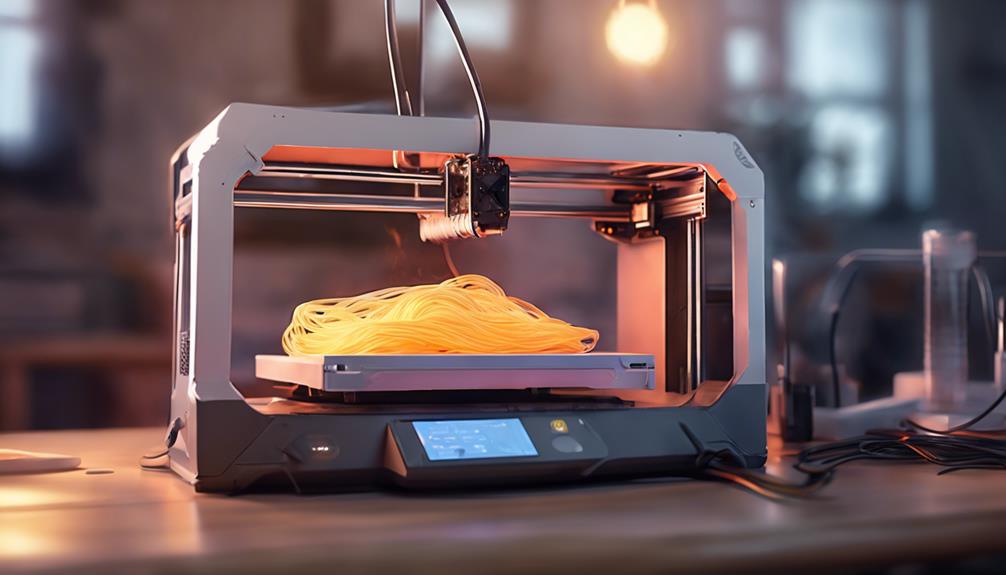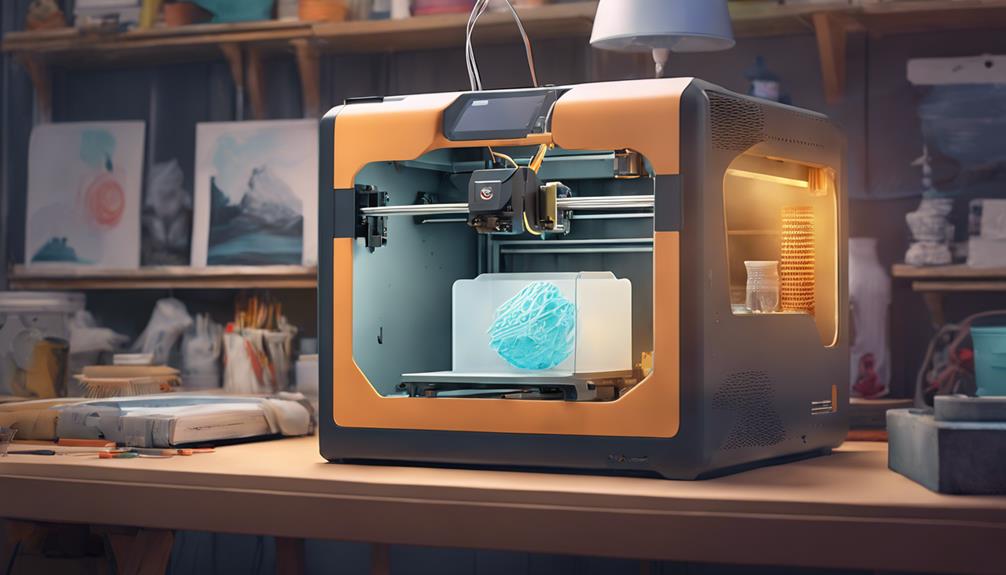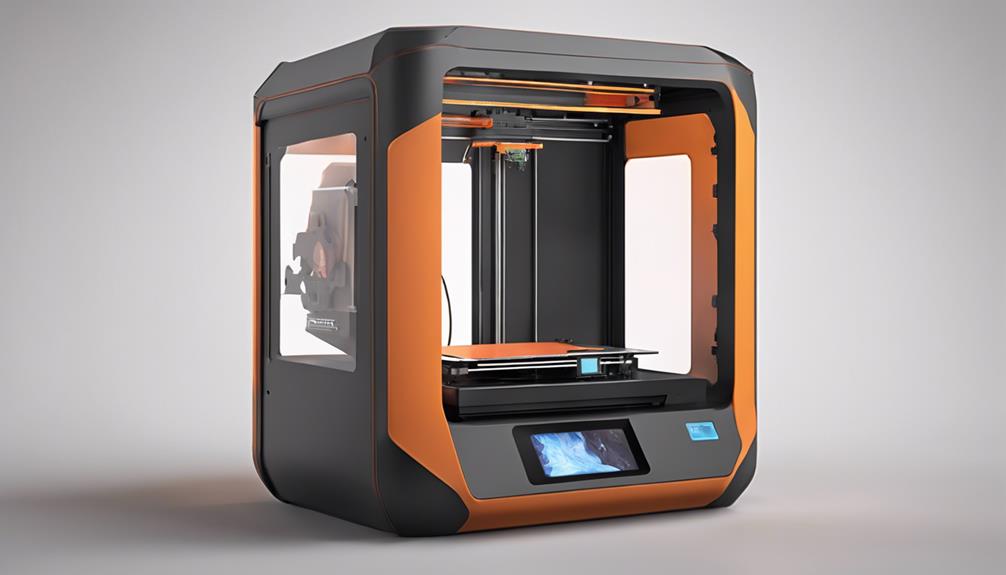To achieve excellent results in your 3D printing projects, mastering the intricacies of bed heat is key. The temperature of your print bed can make or break the success of your prints, impacting adhesion and overall quality. But did you know that there's more to it than just setting a temperature? Understanding how bed heat influences different filament materials and the effects of external factors can elevate your printing game to new heights. Stay tuned to uncover the nuances of bed heat for successful 3D printing outcomes.
Importance of Bed Heat in 3D Printing

Proper bed heat in 3D printing is essential for successful prints. Maintaining the correct bed temperature guarantees that the first layer adheres well to the print surface, reducing the chances of warping or detachment during the printing process.
Without adequate bed heat, filament may not adhere properly, leading to failed prints or poor print quality. It's important to follow recommended bed temperature guidelines for different filament types to achieve best results.
PLA Bed Temperature Guidelines
Maintaining the recommended bed temperature for PLA is essential for successful 3D printing with this filament type. PLA generally prints well without a heated bed, but setting it around 60°C can enhance adhesion. Going higher might lead to issues like elephants foot.
Proper bed leveling is key for quality PLA prints. Remember, PLA is sensitive to external factors like drafts and humidity, so guarantee a stable printing environment.
External Factors Affecting Printing Quality

To enhance your 3D printing quality, think about mitigating external factors that may impact your prints. Ensuring your printing environment is ideal can greatly improve the outcome of your prints. Here are some factors to think about:
- Avoid placing your printer in drafty areas.
- Keep your printer away from direct AC airflow.
- Monitor and control the humidity levels in your printing space.
- Consider using an enclosure to maintain stable printing conditions.
- Regularly clean your printer to prevent dust and debris from affecting your prints.
ABS Bed Temperature Recommendations
To improve your ABS 3D printing results, understanding the recommended bed temperatures is essential for successful prints.
ABS filament requires a higher bed temperature compared to PLA. The ideal bed temperature for ABS typically falls between 100°C to 110°C. This elevated temperature helps in preventing warping and detachment issues during the printing process.
Ensuring your bed is heated to the appropriate temperature range is vital for achieving good adhesion and reducing the likelihood of print failures.
Remember that ABS is sensitive to cooling and can shrink notably if not properly managed, making the heated bed an indispensable component for successful ABS printing.
ABS Printing Specifics and Enclosure Benefits

For successful ABS printing, understanding the specifics of ABS filament and the benefits of using an enclosure is vital. ABS can shrink up to 8% when cooled down, making it important to control the printing environment.
Additionally, ABS is cheaper than PLA and offers higher impact resistance, making it a preferred choice for durable prints. Enclosures play a significant role in maintaining stable working temperatures and preventing warping, especially with ABS's sensitivity to temperature changes.
Enclosed printers are highly recommended for ABS due to its stability needs, ensuring consistent and successful prints every time. Remember, investing in an enclosure can greatly improve the quality of your ABS prints.
Frequently Asked Questions
Can I Use a Heated Bed for PLA Printing if It's Not Required?
You can use a heated bed for PLA printing, even if it's not required. Maintaining a bed temperature around 60°C can enhance adhesion. Be cautious not to set it too high to avoid issues like elephants foot.
How Can I Prevent Warping When Printing ABS Without an Enclosure?
To prevent warping when printing ABS without an enclosure, maintain a heated bed temperature between 100-110°C. Use proper bed adhesion methods like a raft or brim. Level the bed meticulously and maintain a stable printing environment to minimize warping issues.
What Should I Do if My Prints Keep Detaching From the Bed?
If your prints keep detaching from the bed, guarantee proper bed adhesion by cleaning the surface, leveling the bed accurately, and adjusting bed temperature for the specific filament. These steps will help secure your prints during the printing process.
Is It Necessary to Adjust Bed Temperature Based on Filament Type?
Yes, adjusting bed temperature based on filament type is essential for successful prints. Different filaments like PLA and ABS have specific temperature requirements for best adhesion and print quality. Proper settings enhance your printing results.
Why Is Bed Leveling Crucial for Successful PLA Prints?
Bed leveling is essential for successful PLA prints as it guarantees an even first layer adhesion. Without proper leveling, your prints may fail due to inconsistent layer height. Make sure to check and adjust regularly for best results.
Conclusion
So, now you know the key to mastering 3D printing is keeping your bed hot and happy.
Don't let your prints get cold feet – crank up that temperature and watch your creations stick like glue.
Embrace the heat, avoid the chill, and become the ultimate bed heat master.
Happy printing, and may your prints never peel away from the warmth of success!